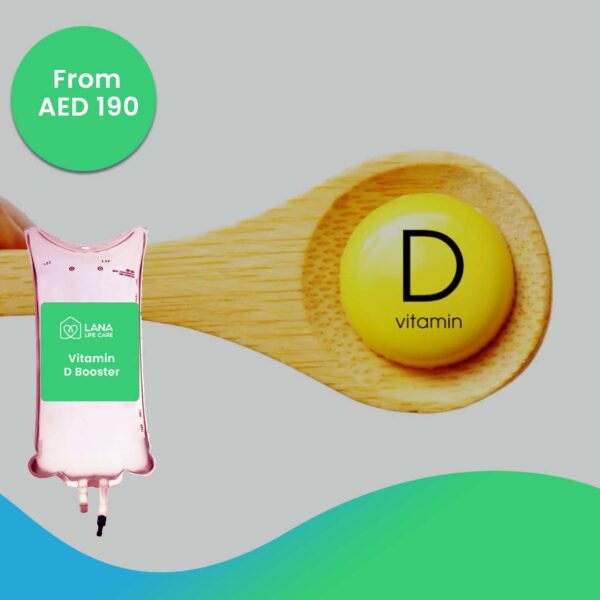
Physical therapy for stroke patients, also known as stroke physiotherapy, is essential for recovery. A stroke occurs when blood flow to brain cells is disrupted, reducing oxygen supply and causing loss of muscle control, speech, and movement. This therapy helps restore mobility, improve coordination, and enhance independence by targeting affected areas and promoting rehabilitation. Early intervention is key to maximizing recovery and improving quality of life.
A stroke occurs when blood flow to the brain is disrupted, reducing oxygen supply and causing damage to brain cells. This can lead to loss of movement, speech difficulties, and other impairments. Physical therapy for stroke patients is crucial for recovery, helping restore mobility, coordination, and independence. Early rehabilitation improves the chances of regaining lost functions and enhancing overall quality of life.
Strokes can be divided into two categories:
The most frequent form of stroke is an ischemic stroke, which is caused by a clog in one of the blood vessels, depriving the brain tissue of oxygen and nutrients.
A hemorrhagic stroke occurs when a blood vessel ruptures, causing blood to seep into the brain tissue. Depending on the location and amount of brain damage, both forms of stroke can result in considerable impairment. However, multidisciplinary rehabilitation and intense physiotherapy can help with the symptoms produced by both forms of stroke.
A stroke is a clinical emergency that will be identified by medical personnel after a neurological evaluation in a hospital environment. A computed tomography (CT) scan will be performed as soon as possible following admission to the hospital to determine if the stroke is ischemic or hemorrhagic. This data is used to guide urgent treatment decisions.
Once a stroke has been identified, a magnetic resonance imaging (MRI) and Doppler ultrasound examination of the blood vessels to look for clots and constriction may be performed. After hospitalisation, doctors recommend physiotherapy to stroke patients in order for them to recover and return to normalcy.
The goal of medical stroke treatment is to reduce risk factors and prevent additional strokes. It is crucial for the patient to receive comprehensive care from an interdisciplinary team in a specialized stroke facility.
Nurses, physiotherapists, occupational therapists, speech and language therapists, and psychologists collaborate with medical experts to provide 24-hour specialist care.
After hospital discharge, ongoing recovery is essential for reintegration into daily life. This requires proper care and physical therapy for stroke patients to speed up recovery and improve mobility.
Additionally, post-stroke depression is a significant concern and should be addressed with proper counseling and medications if needed.
ALSO READ: how to heal a sprained ankle overnight
Stroke patients must continue a robust rehabilitation home nursing after being discharged from outpatient treatment. In order for the brain to repair itself, it requires regular stimulation.
You’ll learn about the top five stroke rehabilitation alternatives that you can perform at home. These techniques are based on movement and mobility.
Home rehabilitation tools can help you keep motivated while recovering from a stroke at home, particularly if you’ve grown weary of following printed exercise sheets. Inquire with your therapists about any healing strategies they recommend. It encourages users to do a large number of repetitions of typical rehab exercises, which aids in recuperation.
While regular physical activity concentrates on improving your muscle strength, stroke physiotherapy exercises engage your brain, allowing it to send movement-related impulses to your muscles. The goal of rehabilitation is to activate neuroplasticity, the brain’s ability to reorganize itself and learn new abilities.
When a stroke affects a portion of the brain, neuroplasticity generates new routes to healthy sections of the brain. You may give the brain the stimulus it needs to remodel itself and increase function by doing rehab activities at home on a regular and daily basis.
Muscular strengthening is also an objective during stroke recovery to help prevent muscle atrophy caused by lack of use. Stroke rehabilitation physiotherapy is the most common and widespread form of effective treatment post-stroke.
Constraint-induced movement therapy (CIMT) for Arm or Leg Paralysis Constraint-induced movement therapy (CIMT) is a challenging kind of physical therapy that can help stroke survivors with hemiparesis or hemiplegia (weakness or paralysis on the affected side). It works by limiting the mobility of the unaffected side while forcing the use of the afflicted side.
CIMT can be challenging. The majority of the time, it is a treatment plan that begins in rehab and continues at home.
Mirror therapy is one way to trigger hand-to-brain communication, which is especially useful for those who have hand paralysis or very limited hand mobility.
In this type of treatment for stroke survivors, a tabletop mirror is used to cover the damaged arm with the reflection of the functional arm. Then, while staring in the mirror, you conduct tabletop hand rehabilitation exercises.
Even if you know you’re just moving one hand, the brain is tricked into believing you’re moving both. This aids in the activation of neuroplasticity and the gradual improvement of movement in the damaged hand.
Mental practice is the process of mentally practicing an activity before actually doing it. Professional athletes use mental training to improve their abilities, and elderly patients can receive support from it as well. Mental practice is particularly beneficial for people who are paralyzed and unable to move without assistance. It allows the brain to reorganize itself without the need for movement.
ALSO READ: Physiotherapy Exercises For Lower Back Pain
A healthy diet and stopping health-harming behaviors like smoking and excessive drinking are among the first steps in post-emergency care. Exercise also aids in the prevention and management of a variety of stroke problems. Because of the loss of muscular function (due to brain damage), loss of balance, and resultant muscle weakness, training after a stroke can be difficult. Physiotherapists are frequently referred to stroke patients at this point.
Although the brain cannot rebuild cells lost following a stroke, physical therapy for stroke patients can help the brain reorganize remaining cells to compensate for the loss (neuroplasticity). This requires a comprehensive physical rehabilitation strategy that includes:
The doctor and therapist decide how much time a person and their physiotherapist spend on each aspect of the treatment plan. They’ll come up with a strategy to assist the patient in achieving new goals while maintaining regularity in a safe and regulated setting.
ALSO READ: Types of Pediatric physiotherapy
Strokes frequently result in numbness on one side of the body, causing patients to lose function in one arm and leg. Physiotherapists work with stroke patients in the early weeks and months of rehabilitation to keep these muscles toned and engaged even before they restore voluntary mobility.
Stroke physiotherapy management helps patients to relearn everyday abilities and train their healthy brain cells to regulate the injured body parts if and when a function returns. This is one of the stroke recovery services available, which also include physical and occupational therapy, rehabilitative nursing, and speech therapy.
ALSO READ: Pelvic floor physical therapy
A physical therapist can assist you in the following ways:
Physical therapy for stroke patients helps address residual adverse effects by teaching new movement techniques. It aids in regaining physical strength and mobility, reducing muscular stiffness, and improving circulation to damaged muscles and nerves. This therapy also helps restore control over movements, maximize functionality and independence, prevent muscle loss, accelerate recovery, counteract brain injury effects, and stimulate injured nerves and muscles.
ALSO READ: shoulder pain physiotherapy treatment
Stroke in the elderly can have progressive consequences, but this varies depending on the individual. One of the most crucial things for seniors in their older years, like with any stroke patient, is that they are surrounded by the correct support and have access to the right forms of treatment.
When it comes to determining the appropriate degree of support for a loved one, a family has various options. Among the possibilities are:
ALSO READ: physical therapy for golf elbow
ALSO READ: Techniques of chest physiotherapy
If you’re struggling with movement after a stroke, don’t let it limit your life. Home physiotherapy from Lana Life Care helps you regain strength, improve balance, and restore independence in the comfort of your own home. Our experienced therapists create personalized rehabilitation plans designed to speed up recovery and make daily activities easier. The right support can make all the difference. Get in touch with us today and start your journey toward a more active and independent life.
Physiotherapy for stroke patients should be done by experts and with the utmost care. There are several physiotherapy exercises for stroke patients.
Physiotherapists begin therapy in short, frequent sessions 24 hours following a stroke, focusing on getting out of bed, sitting, standing, and moving.
Yes, it is needed because the goal of physiotherapy after a stroke is to help individuals restore as much strength and flexibility as possible by teaching them to utilize both sides of their bodies again.
Physiotherapy can significantly improve a stroke survivor’s quality of life. Treatment and rehabilitation can be accelerated with the use of the best physiotherapy procedures.



